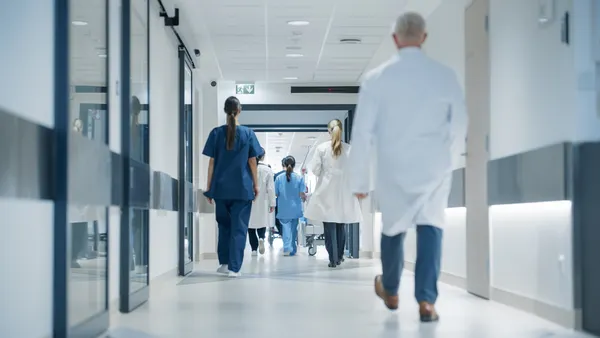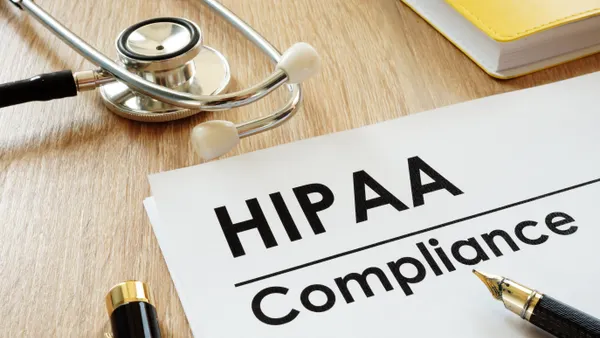Dive Brief:
- A new report from the Agency for Healthcare Research and Quality says preliminary estimates for 2013 show a 9% decline in the rate of hospital-acquired conditions (HACs) from 2012 to 2013, and a 17% decline, from 145 to 121 HACs per 1,000 discharges, from 2010 to 2013.
- It is estimated that approximately 50,000 fewer patients died in the hospital as a result of the reduction in HACs, and approximately $12 billion in healthcare costs were saved from 2010 to 2013.
- Although the precise causes of the decline in patient harm are not fully understood, the increase in safety has occurred during a period of concerted attention by hospitals throughout the country to reduce adverse events.
Dive Insight:
It appears that Medicare payment incentives and CMS' Partnership for Patients initiative are working to draw attention to adverse events—and that hospitals have come a long way since the Institute of Medicine's 1999 report, "To Err Is Human: Building a Safer Health System" highlighted patient safety issues.
The AHRQ's report highlights the areas that have seen the most drastic changes, perhaps opening the door for a larger discussion on the areas where progress isn't as dramatic.
According to the report, the largest effects on estimates of the deaths averted and cost savings come from declines in pressure ulcers and adverse drug events. The agency estimates that pressure ulcers are associated with an excess mortality rate of 72 deaths per 1,000 and excess costs of $17,000/case, and adverse drug events (ADEs) with an excess mortality of 20 deaths per 1,000 and excess costs of $5,000/case.













